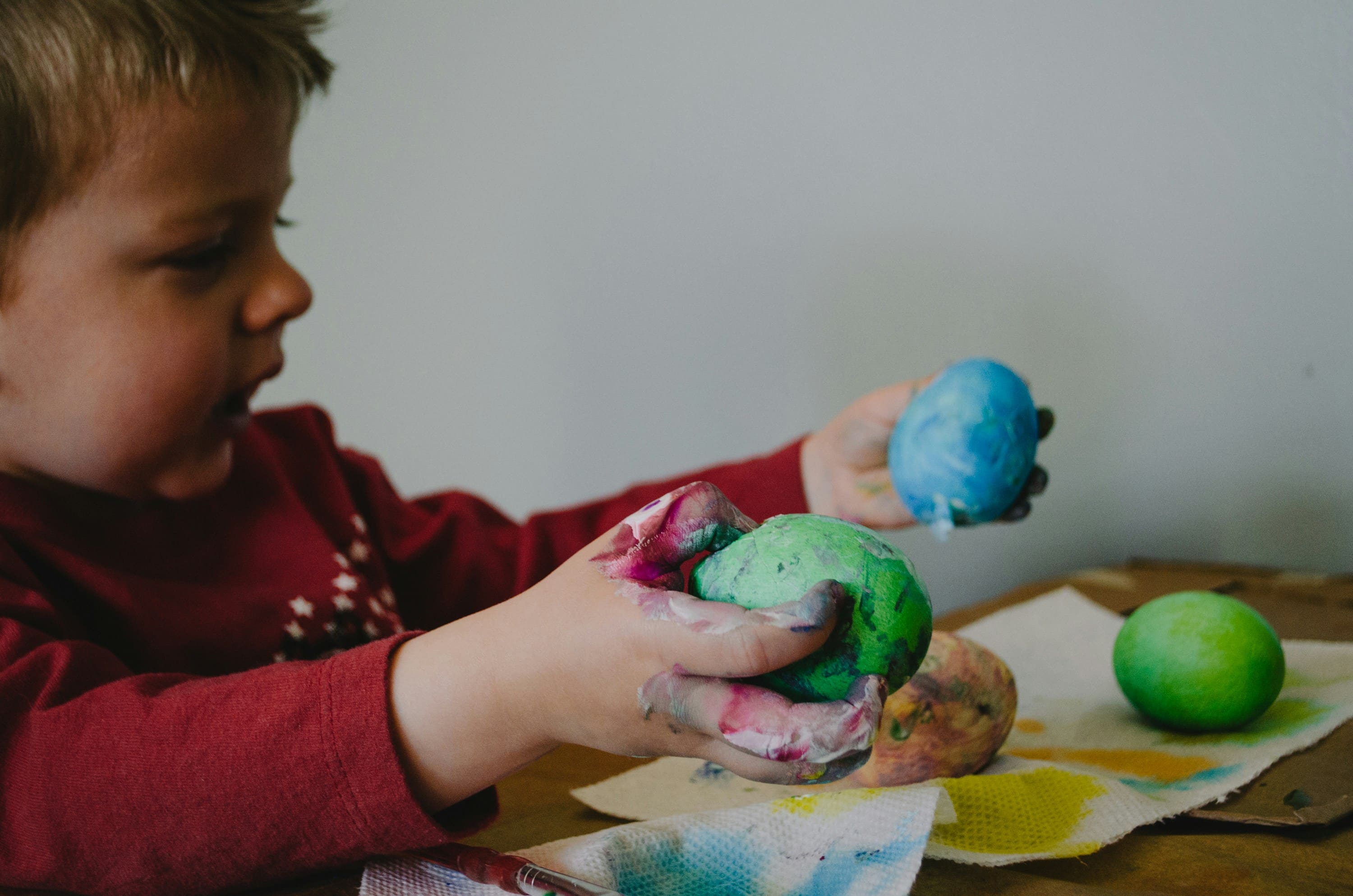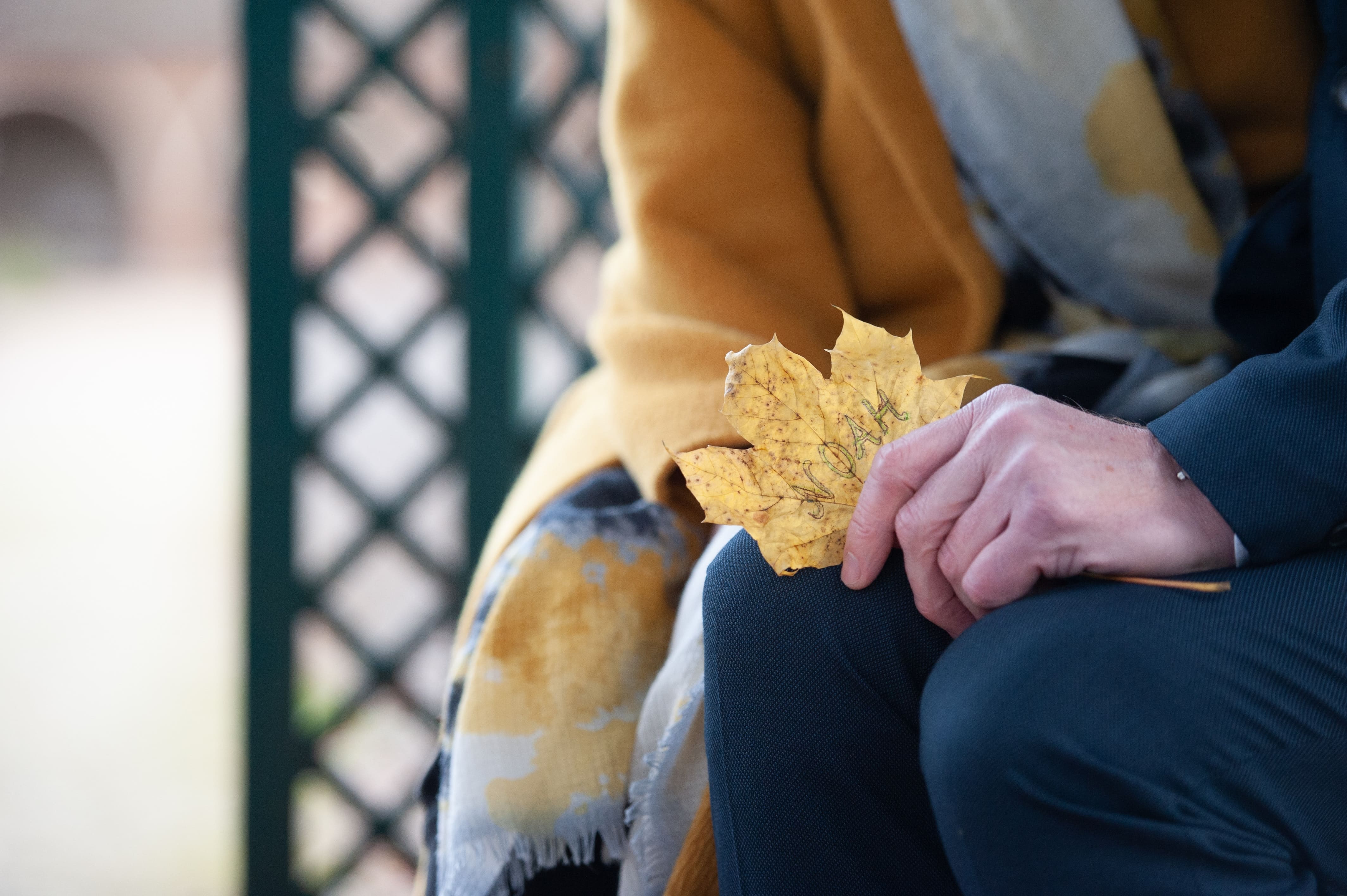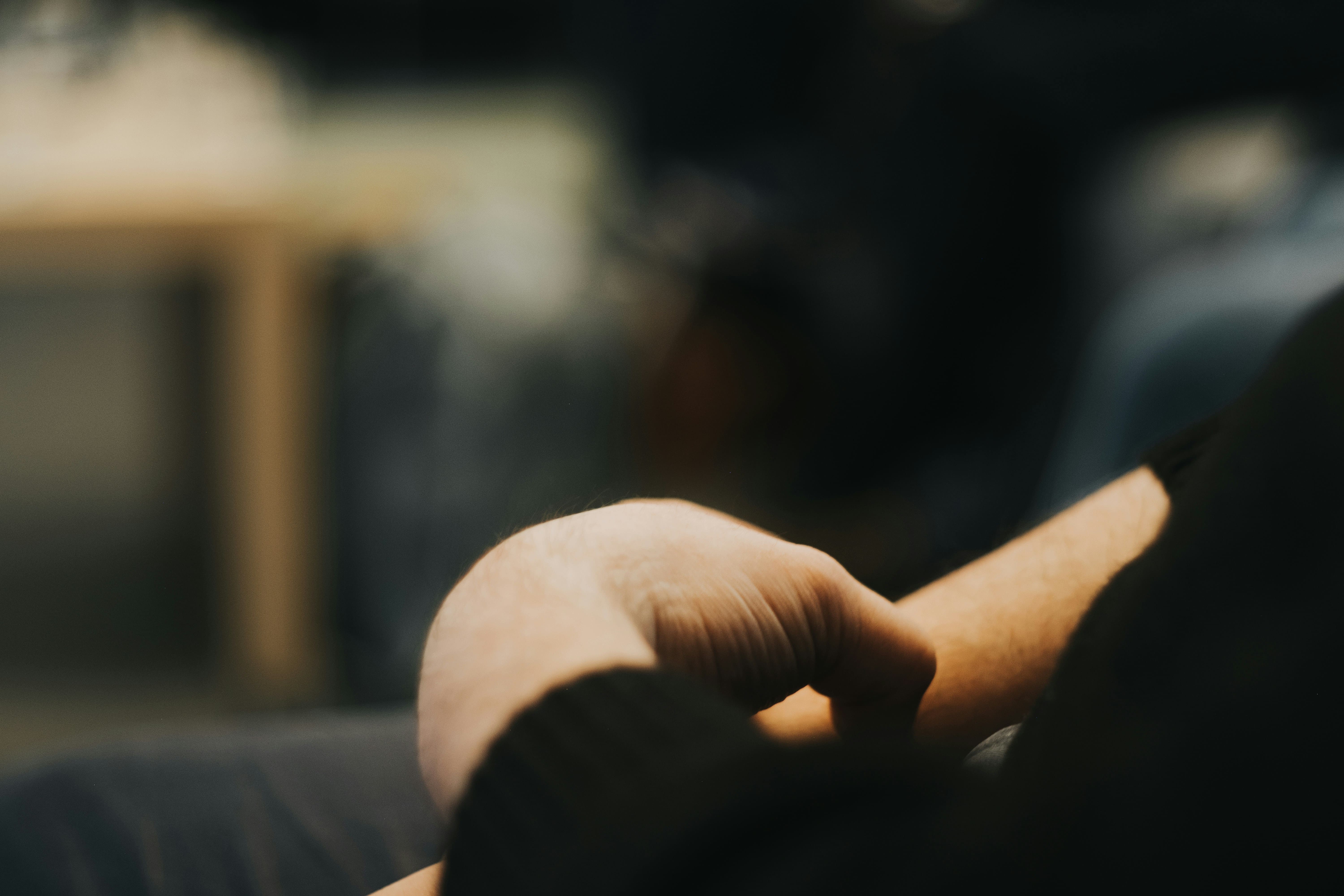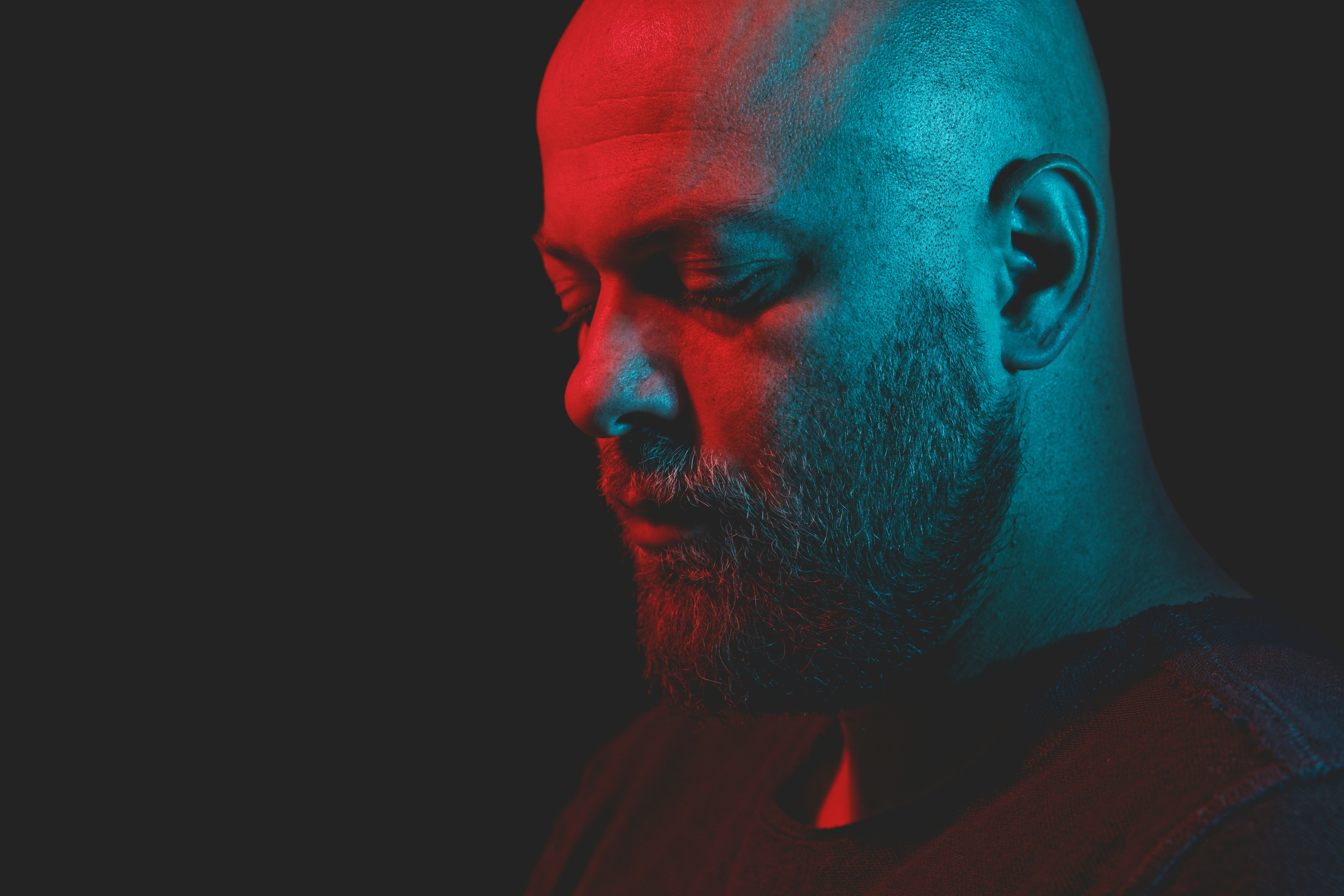"The work of art is limited to an ‘acting out,’ not an understanding. If understood, the need to do the work would not exist anymore… Art is a ‘guaranty’ of sanity but not liberation. It comes back again and again.” – Louise Bourgeois
For centuries, art has been a profound vessel for expressing the inexpressible, crafting a visual language that transcends the limitation of words in expressing the depths of human emotion.
Throughout history, artists have tried to capture the essence of the human experience, from the haunting figures of Hieronymus Bosch, where chaos and surrealism coexist, to the dreamlike landscapes of Salvador Dalí. Similarly, the raw, visceral imagery of Francis Bacon's unflinching works confronts us with a stark reflection of existential angst and vulnerability.
I first encountered Lindsay Pickett’s work at Hypha Studios' Dreamscapes exhibition. His paintings immediately drew me into strangely familiar and unsettling worlds possessed by hybrid creatures with sinewy limbs, reptilian jaws, and, additionally, broken remnants of human forms. These creatures, which are both frightening and fascinating, reflect themes of trauma, loss, and transfiguration.
For Pickett, painting is deeply interweaved with his own life experience. He speaks generously about feeling like a misfit, struggling with loss, and reflecting on his neurodiversity. His creatures, he explains, emerge from a place of mourning, as he is going through the grief of losing a close friendship after a painful split.
“Losing that friendship after a misunderstanding has deeply affected me, and I’ve been processing that loss for about two years now. It feels as painful as when I lost my father. My paintings explore loss, trauma, and abandonment. There’s a sense of dread in them sometimes.” – Lindsay Pickett
Art as mourning
Freud’s 1917 essay Mourning and Melancholia offers us a framework for understanding the vicissitudes of grief and coming to terms with loss.
According to Freud, mourning is the process where we gradually detach from a lost object – a person, a relationship, or even an idea of ourselves that may have been lost due to our experiences. In mourning that is being processed or worked through, a person who grieves slowly withdraws emotional investment from the lost object, allowing the psyche to reinvest in new attachments. But sometimes, this process becomes blocked, leading to melancholia — a state in which loss is internalised rather than worked through. A person suffering from melancholia identifies with the lost object, turning grief inward and feeling as if the loss diminishes them themselves.
Pickett’s paintings seem to sit in the space between these two processes. His hybrid creatures do not simply represent loss; they embody it. They mutate, distort, and refuse easy categorisation, much like grief itself. Their grotesque yet compelling forms reflect what Freud describes as the ambivalence of mourning: the coexistence of love and hate, attachment and rejection, longing and resentment. In his recent series, one painting features a dismembered hand, a symbolic gesture toward the parts of himself that feel lost, severed, or beyond repair.
“One series, ‘Keep Out,’ shows a hybrid creature that has become unrecognisable as human. In the paintings, a bitten-off hand appears, symbolising a part of myself that feels dead after losing a close friend. That loss inspired much of this work.”
Like Freud’s conception of melancholia, these creatures refuse to let go of their origins. They carry the scars of failed experiments, things that have gone too far, and damage that cannot be undone. Pickett notes that some of his creatures seek revenge on their creators, perhaps reflecting the lingering anger that often accompanies loss.
The creative process and making sense of loss
Marion Milner, a British psychoanalyst and artist, saw creativity as a way of working through unconscious conflicts. In On Not Being Able to Paint (1950), she explores the idea that creative work is a space where the unconscious can find expression, often in ways the artist does not fully understand. Rather than merely depicting emotions, art can become a way of playing with them, of holding contradictions without needing to resolve them immediately.
Milner’s insights resonate with Pickett's description of his artistic process. His work is not planned rigidly; instead, it evolves through a dialogue with the unconscious. Sometimes, he begins drawing without knowing where it will lead. Shapes emerge, and creatures take form, and it is only in retrospect that he begins to understand what they mean.
“I painted what came to me without much reasoning behind it. Now, it’s more about ideas and reasoning. I’ve come to understand why I paint what I paint. Immersing myself in exhibitions, connecting with other artists, and being part of different communities have really shaped my practice.”
Milner would likely see this as a crucial aspect of the creative process — the ability to tolerate not knowing, to allow images and ideas to surface without immediately demanding that they make sense. In this way, Pickett’s hybrids do what art does best: they hold the tensions of the psyche in visual form rather than attempting to resolve them through explanation.
The hybrid self
Beyond personal loss, Pickett’s creatures also reflect broader existential anxieties. His fascination with genetic manipulation, environmental destruction, and science-fiction horror speaks to contemporary fears about what it means to be human. He sees his work as following in the tradition of Bosch, an artist whose grotesque hybrids served as moral warnings in an era of religious fervour. But while Bosch’s figures were condemned to hell for their sins, Pickett’s creatures seem to exist in a more ambiguous space. They are not simply symbols of punishment but also transformation.
“Bosch’s work is about consequence—the morals of religion, the choices we make, and the repercussions. My hybrid creatures are metaphors for the idea that we’re all hybrids in some sense—genetically, socially, and even emotionally. We’re all hybrids of our parents, after all. But these hybrids are the consequences of genetic hybridisation gone wrong and the prices we pay for playing God with ‘Mother Nature’.”
This idea that we are all hybrids somehow brings us back to the question of mourning. Freud describes mourning as a process of reintegrating the self after loss, but what if the emerging self differs from the previous one? Grief, after all, changes us. The loss of a loved one, a friendship, or even an aspect of our identity does not simply leave a void; it reshapes us. We become hybrids of who we were and who we are becoming.
Pickett’s paintings capture this process. His hybrid creatures may be perceived as unsettling, but they are so much more than monsters. Their awkward shapes and unusual anatomies connect to our emotional contradictions like our longing to stay connected, our fear of being rejected, the imminence of change, and the scars left by losing things. Those creatures remind us that mourning involves transformation rather than simply letting go and forgetting. Perhaps they offer a different kind of hope. The possibility of creating something new from the fragments that remain as opposed to solutions.
To find out more about Lindsay’s work, visit his website or Instagram
References
Freud, S. (1917) Mourning and Melancholia, In: J. Strachey, Ed., The Standard Edition of the Complete Psychological Works of Sigmund Freud (Vol. 14), Hogarth Press, London, 1953.
Milner, M. (1950) On Not Being Able to Pain. An H. E. B Paperback, 1971





